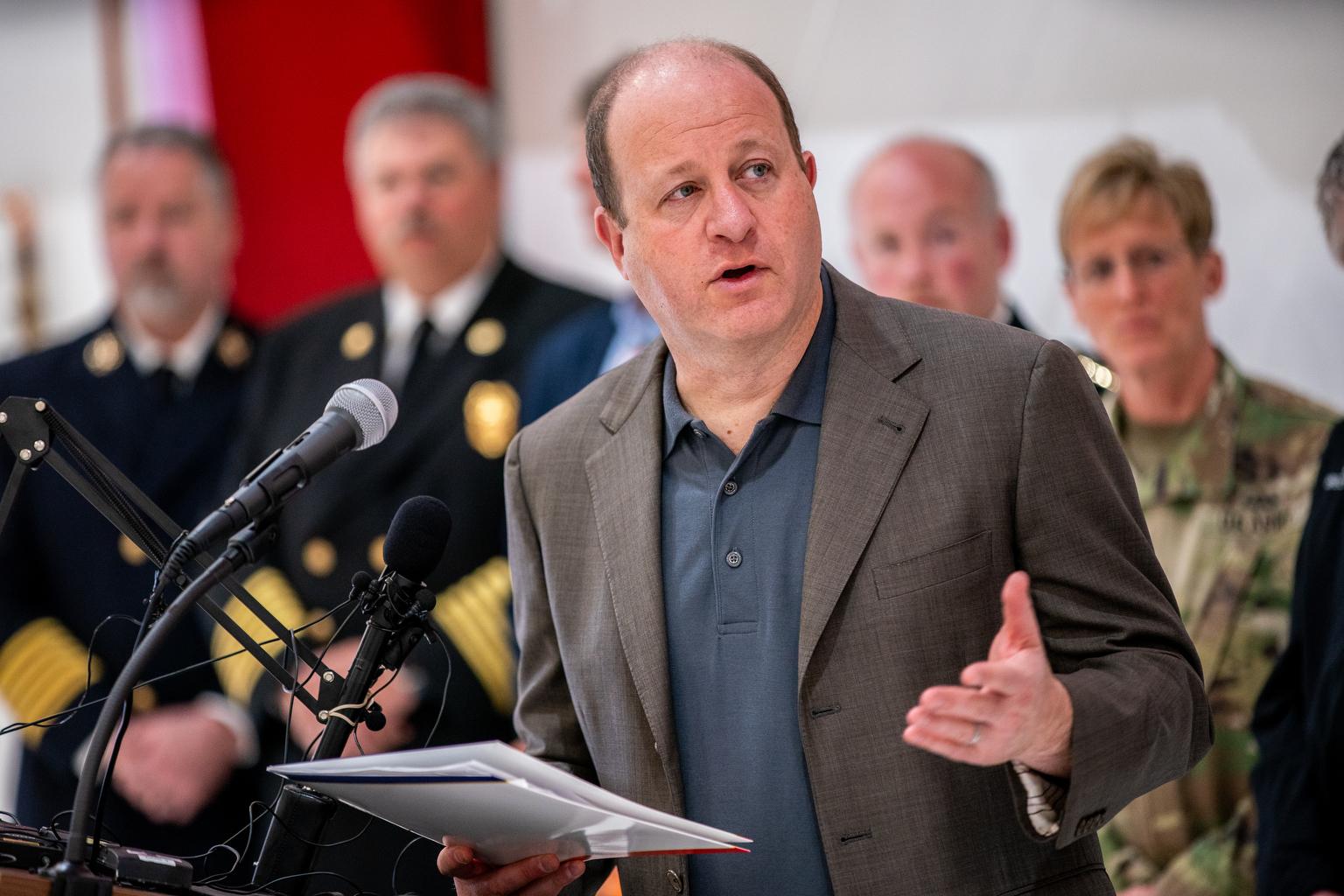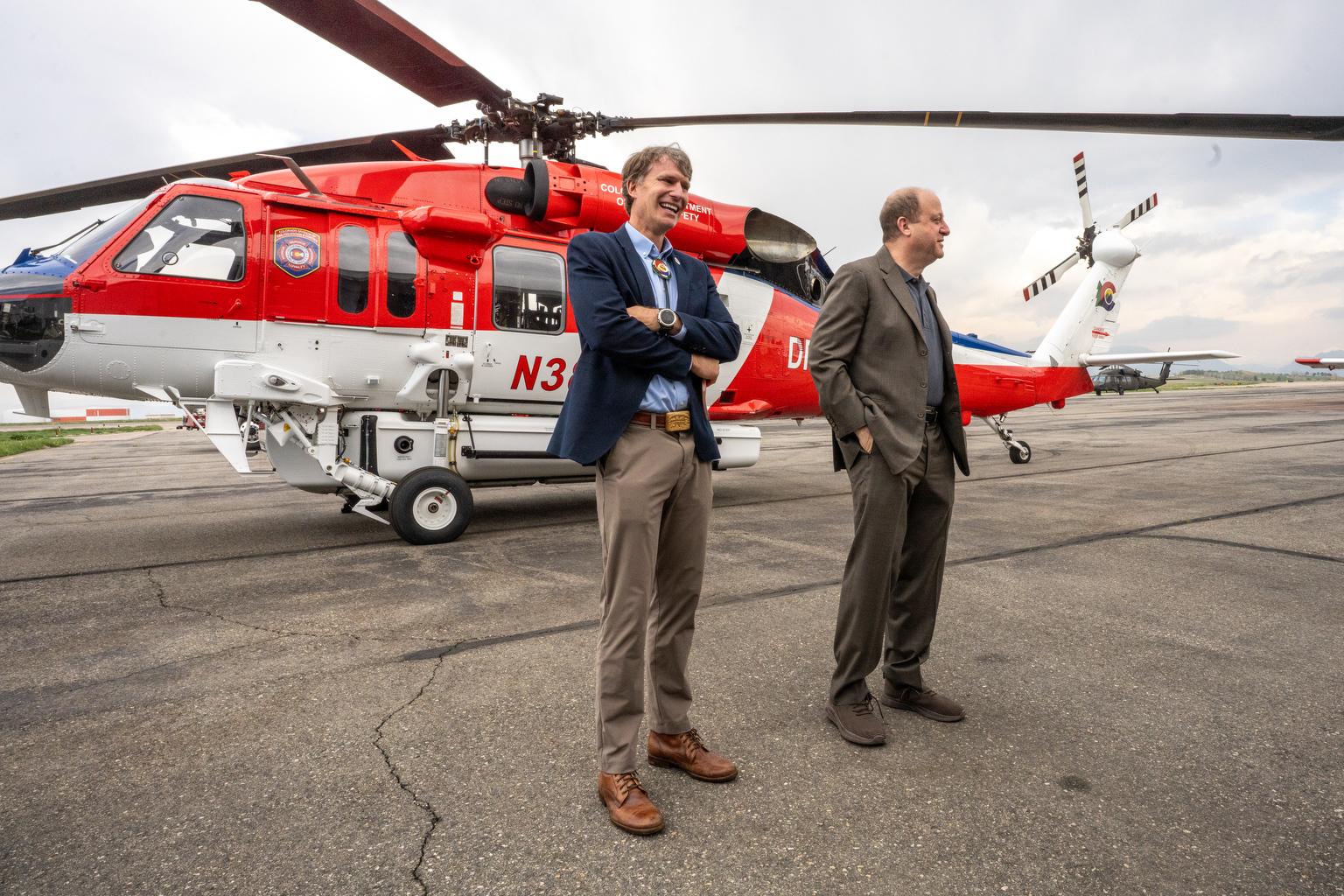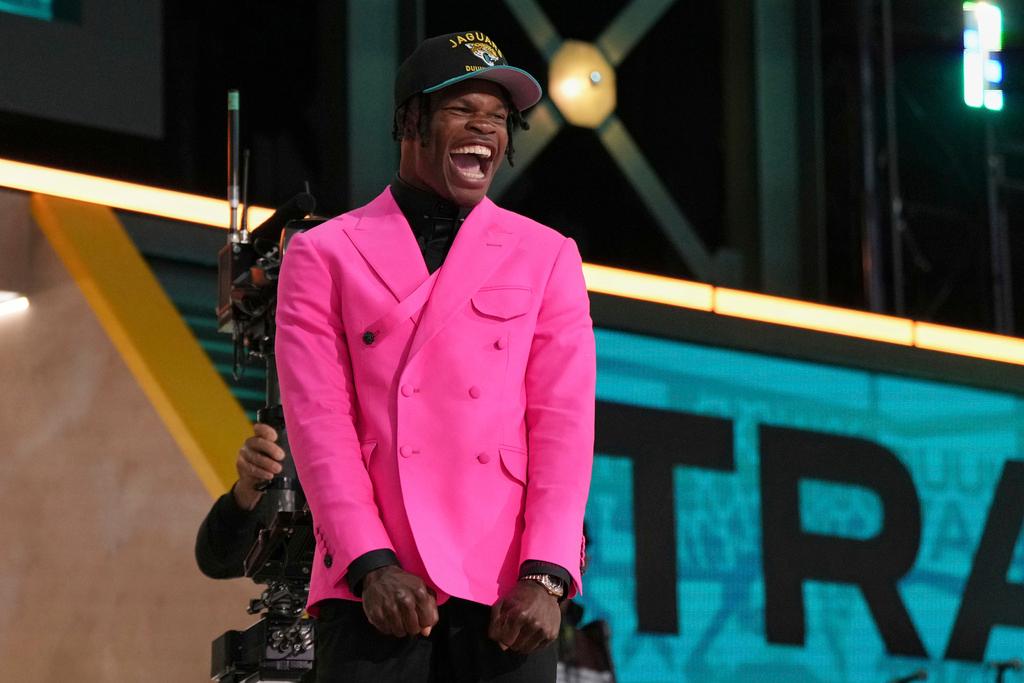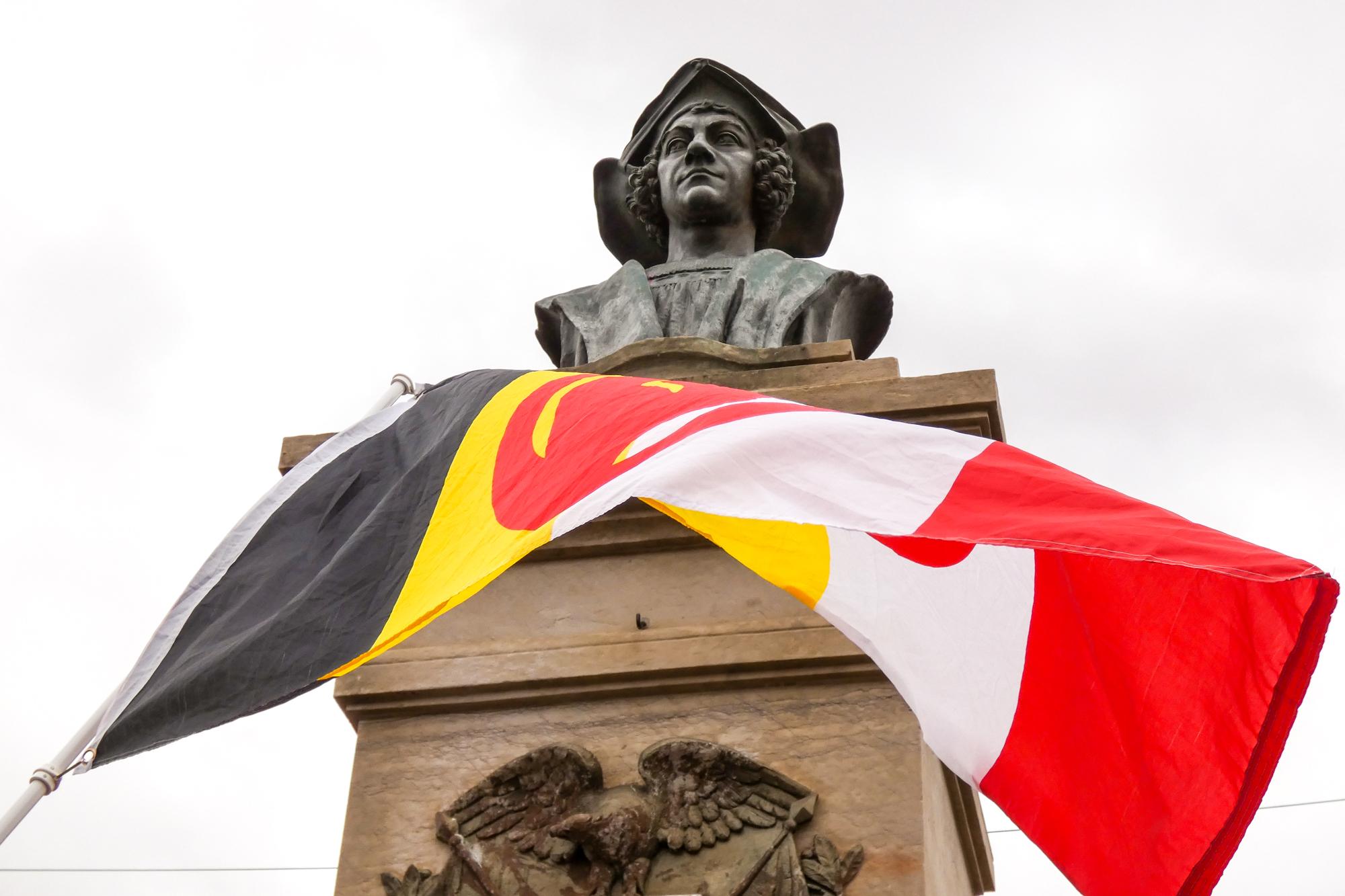
At a busy intersection in Pueblo there’s a monument topped by a bronze bust of Christopher Columbus, a figure whose legacy is controversial. Two years ago a group of Puebloans embarked on mediation regarding what to do with the statue.
Pueblo is known for its ethnic diversity, including many descendants of immigrants from around the globe who came to work in the steel mill. That includes a large Italian community, which gifted the Columbus monument to the city in 1905. Since then they’ve come together there annually to celebrate their history, according to Puebloan Jerry Carleo.
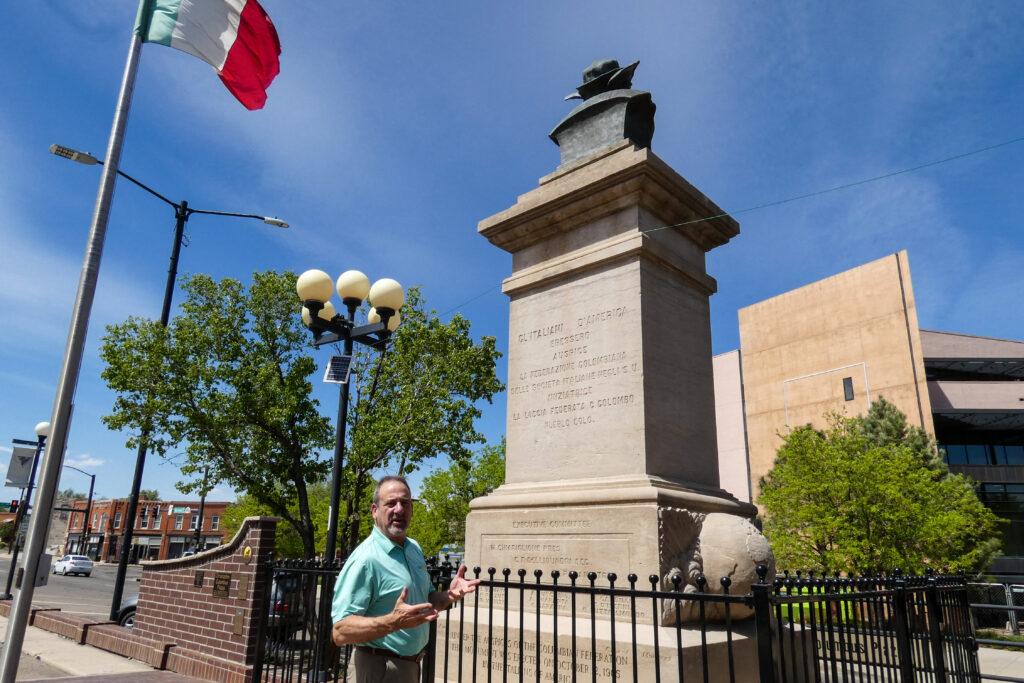
“It was a recognition of thankfulness for being able to come to America, to live, grow and allow the family to be safe,” he said.
Indigenous, Hispanic and people of other backgrounds have also gathered by the monument for decades — to protest. For them, Columbus symbolizes colonialism, exploitation and racism. The protests often include songs, dancing and drumming and some drivers honk and hold their fists up in solidarity as they drive by.
“We do not want any confrontation,” Indigenous protester Tziavii Stevens said. “We don't want any enemies out here. We want something peaceful.”
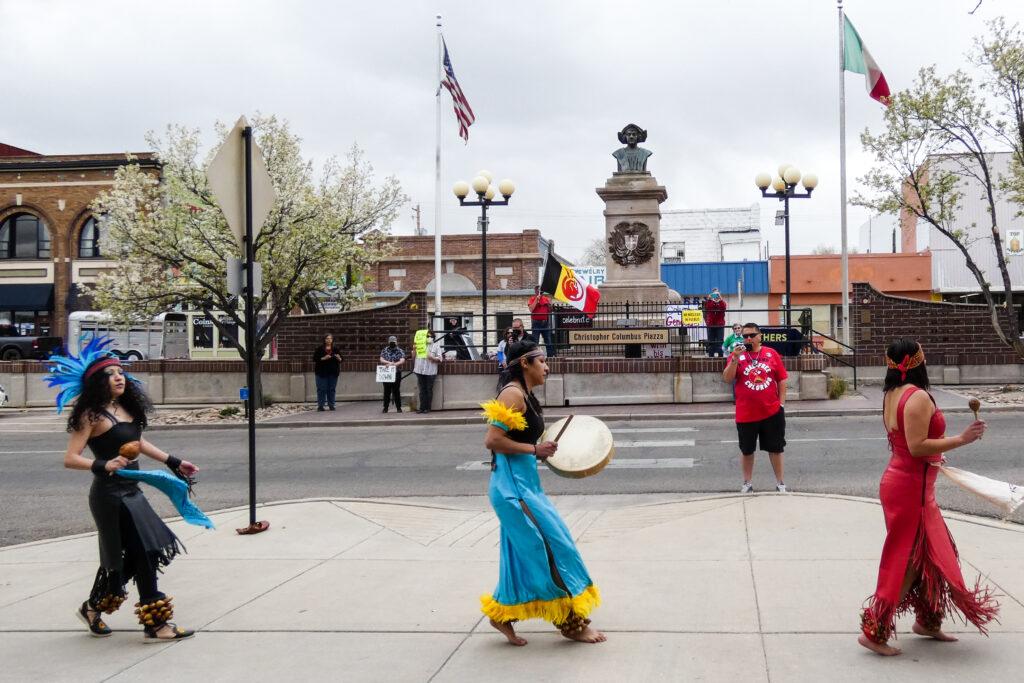
They wanted the monument taken down or moved elsewhere. The Italian community wanted the monument to remain where it is.
In 2020, as unrest erupted around the nation, tensions over the Columbus bust in Pueblo escalated too. So the city brought in a professional mediator, lawyer Fred Galves, who grew up in the area and now handles community engagement at CSU-Pueblo. Both groups were entrenched in their positions, Galves said, yet still sent a handful of representatives to the mediation.
“There's all this history, all this mistrust, but they still wanted to talk,” he said. “They still wanted to see if it would be worthwhile to try to find some kind of solution. They didn't know what it would be or even if it were possible. But I did think that there was open-mindedness on both sides.”
So they worked through the process. It took several weeks, but they came up with a compromise.
Pueblo City Council member Dennis Flores said everyone involved in the process agreed to turn the area around the monument into an outdoor museum. Along with the Columbus statue, he said, there would have been new monuments honoring Indigenous and Black people. Those installations would have been on property owned by the Pueblo City-County Library district across the street.
“It would be beautiful, and it was (the participants') idea, putting Columbus in a museum setting along with a description of the truth and what had happened 500 years ago,” Flores said.
For mediator Galves, “This would be a way of compromising in a respectful way that's moving forward,” he said. “And we also thought that there would be some great Pueblo pride to say, ‘Hey, look at all the other places in the country trying to solve a problem and we're doing it in a very unique understanding way.’”
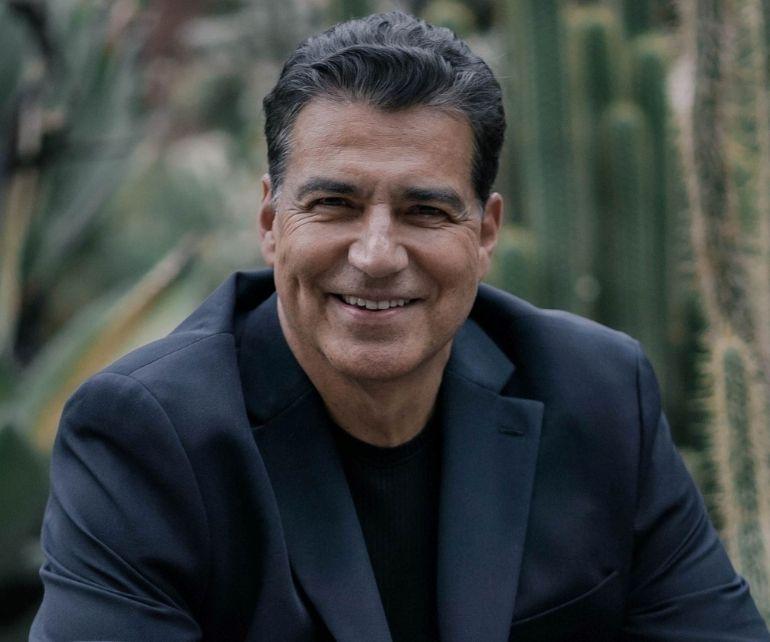
But there were stumbling blocks.
Those involved in the mediation thought the library could manage the site, but ultimately its board didn’t want to take it on. There also wasn’t an agreement about what would happen to the Columbus bust while the new plaza was being built. Those pushing for change wanted it covered or moved and the Italian representatives wanted it to remain as it was. Nonetheless, Galves said, the mediation participants kept trying.
“I was leaving, saying, ‘okay, turn off the lights guys,’ and they're still talking, trying to work it out and respecting one another,” he said.
In the end they couldn’t find common ground.
Jerry Carleo said he didn't have expectations for the mediation but believed that because they all agreed to be at the table it was worth the effort.
“I was disappointed that we did not get to the last set of objectives that both sides agreed to,” he said, “a list of activities that we would do jointly to add value for the community.”
Tziavii Stevens was among the Indigenous participants during the negotiations. She said she didn't think more mediation would work, "but I do feel like we got somewhere because we know where everybody stands and nobody is willing to move right now that at least we know each other stands.” She said she hoped that they can eventually propose something that the city council will approve.
“Logically we're right back to square one,” Galves said.
Part of the challenge is that each person brought their own personal point of view to the mediation, according to Pueblo Mayor Nick Gradisar who was also involved during the mediation discussions.
“Both sides (are) diverse groups of people with some diverse interests,” said Gradisar. Neither side was really an organized group, he said, “but they came together for this one purpose.”
Both Gradisar and councilman Flores think that putting the issue on a ballot for a citywide vote would be even more divisive. Shortly after the mediation meetings ended city council unanimously voted against that proposal.
“My take on it is that most people in Pueblo don't care about that statute one way or the other,” Gradisar said. “There are small groups of people on each side of the issue and they're very vociferous, very emotional.”
Gradisar and Flores said at this point it’s status quo for the monument in Pueblo.

